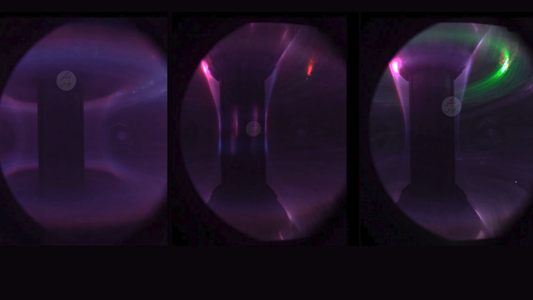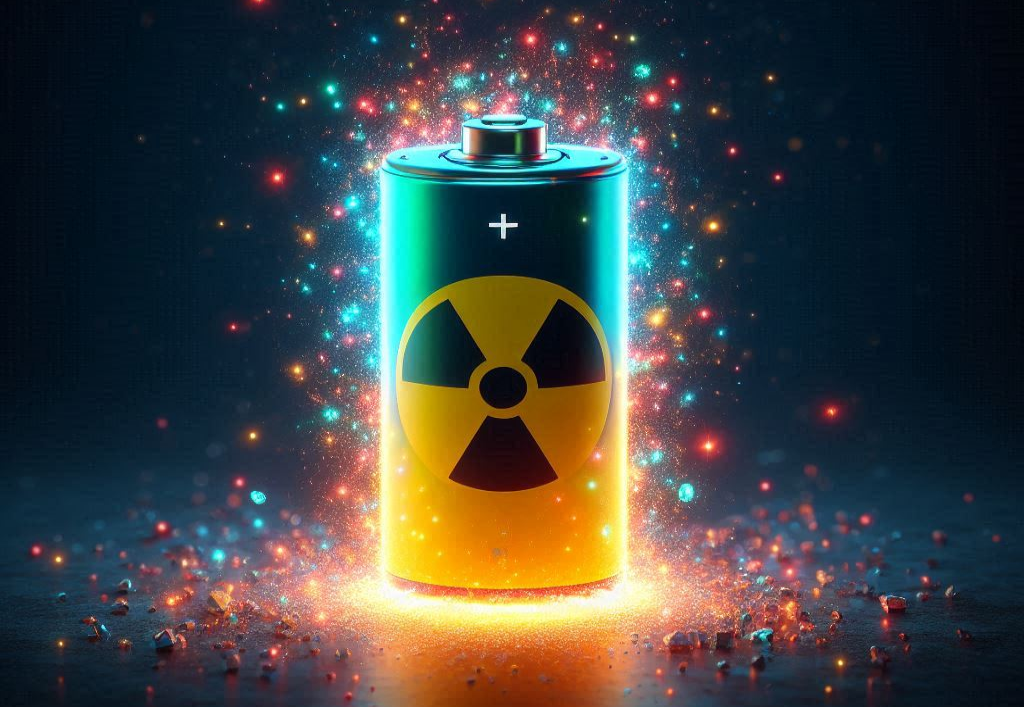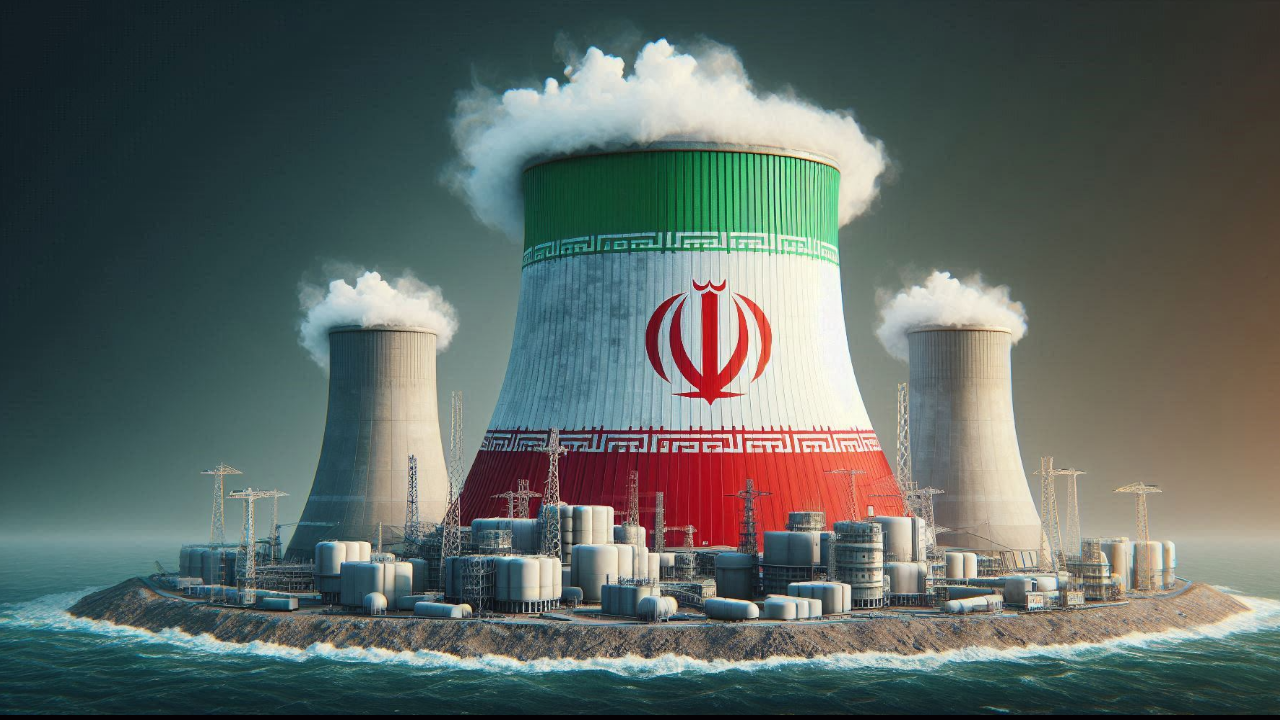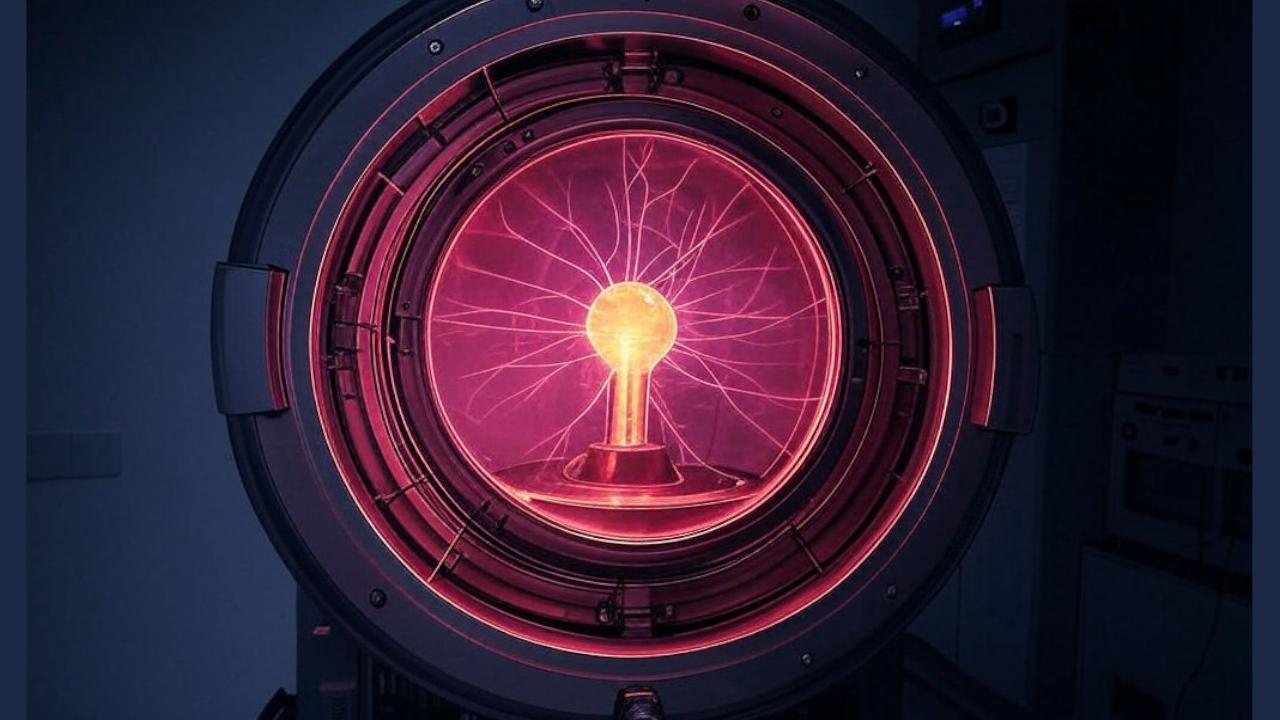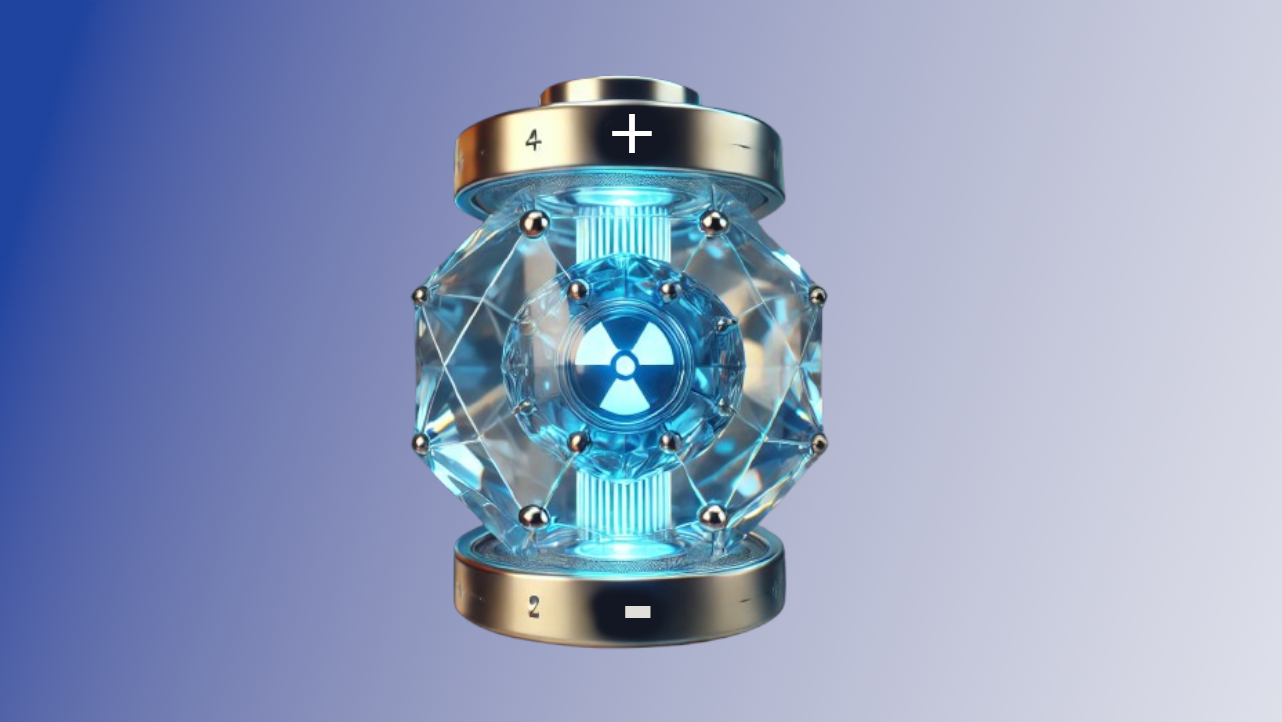In a groundbreaking experiment, the British company Tokamak Energy has unveiled the first-ever high-speed color images of plasma inside its ST40 nuclear fusion reactor, using an advanced camera capable of capturing 16,000 frames per second.
This imaging technique represents a quantum leap in understanding plasma behavior. It provides a precise view of extremely brief moments in the plasma's life and reveals details previously impossible to see, especially at the outer edge where temperatures are lower, allowing for the emission of visible light.
The reactor used in this experiment, the ST40, is a high-field spherical tokamak and is one of the smallest experimental reactors in the world to have reached temperatures exceeding 100 million degrees Celsius. Its spherical design makes it more efficient at containing plasma within a small volume, with a radius of less than half a meter and a total height of about four meters. This compact size makes it an ideal platform for testing advanced fusion technologies quickly and flexibly.
The experiment begins by generating a short plasma pulse, lasting no more than one-fifth of a second. During this pulse, deuterium gas is injected, heated inside the vacuum chamber, and isolated from the walls using magnetic fields. The core is so hot that it emits no visible light, while the edge glows pink as a result of composite light emissions from red and blue wavelengths. It is this edge that the camera captures, revealing it in fine detail that allows researchers to analyze particle behavior.
At a specific moment during the pulse, lithium is dropped into the plasma using a special device known as an "impurity powder dropper." Upon entry, the lithium glows red due to excitation, then turns green as it ionizes and loses an electron. After that, it begins to trace the magnetic field lines, visually demonstrating the plasma's path inside the reactor. This behavior is not just used for imaging; it serves as an effective diagnostic tool that helps in understanding the distribution of magnetic fields and the interaction of particles with them.
The addition of lithium to the plasma is not merely an imaging technique; it is based on previous research from labs like PPPLab, which showed that lithium significantly improves plasma performance. It reduces impurities, helps stabilize the plasma edge, and decreases energy loss from unwanted radiation.
While this experiment does not represent sustainable fusion yet, it is a significant step toward achieving it. The high-speed color images provide new insights into how materials interact within the plasma, aid in developing more accurate simulation models, and improve control over operating conditions.
For more details, you can visit the official source: tokamakenergy.com.
